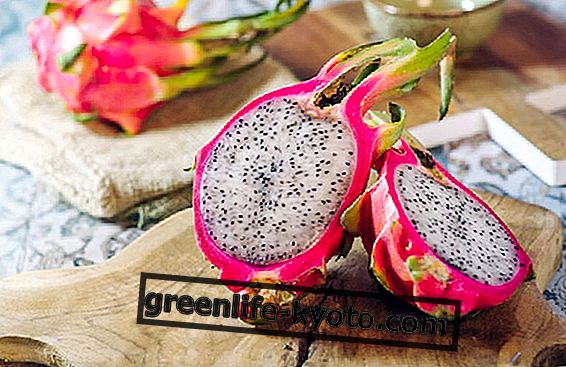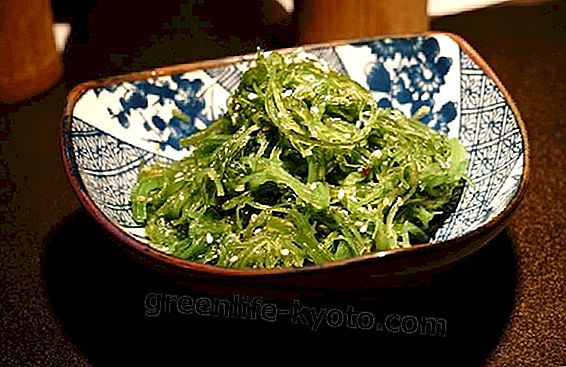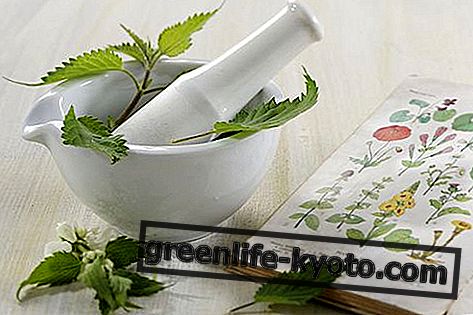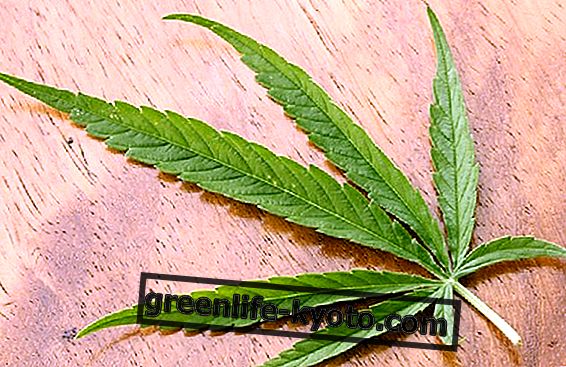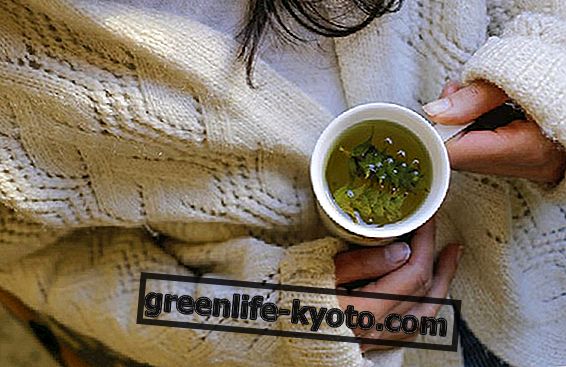
Different cultures necessarily imply different approaches to existence: comparing stories, literatures, philosophies opens up immense universes and teaches us to reconsider the other from ourselves.
It is not necessary, however, to hide in the library to carry out these explorations: the kitchen or craft are also fundamental expressions of the heritage of a given people.
Similarly, going down even more in everyday life, one discovers how different the most private aspects of living can be, from the relationship between spouses to the education of new generations.
And what about even more intimate spheres that characterize the most elementary everyday practices? Here, we want to talk about one of these aspects today: what are the hygienic rules in Ayurveda, traditional Indian medicine ?
A different approach to personal hygiene
We have given you a taste of personal hygiene in Ayurveda when speaking of the practice of jala neti, panchakarma or oral cavity cleansing.
Listing every single action for each part of the body would be an extremely distracting job, so we prefer to provide you with some general concept that allows you to enter the "philosophy" of this medical science.
Internal and external hygiene
According to Indian medicine, cleanliness is not just something external - washing hands, face, feet - but it also affects some "channels" inside our body, such as the nostrils or the digestive system. In fact, in order for there to be a correct passage of vital fluids and energy, the body must be purified and freed from toxins through specific practices .
It would make little sense to remove dust from the external surface if the inside was full of waste and waste! For this reason, there are many suggestions and methodologies that embrace the inside of the body, its deepest and most visceral cleansing.
Personal hygiene and yoga
Another characteristic of Ayurvedic hygiene is that it is integrated with specific yoga practices, both pranayama (breath control) and asana or mudra (poses of the body as a whole and hand positions).
So there are breathing exercises or asanas to be carried out to complete the cleaning process started with the traditional methods mentioned in the previous paragraph. Pranayama kapalabhati are considered highly purifying as well as a daily yoga practice is excellent for keeping the body in health and integrity.
Learn more about the link between yoga and ayurveda
Hygiene according to one's dosha
It should not be forgotten that every aspect of self-care, according to this medicine, must be tempered according to the constitutional type of reference: in other words, the dosha of belonging will be the beacon through which to guide the choice of hygiene products as well as some characteristics of hygienic practice.
Vata will prefer a certain type of touch in the massage - for example - which will be different from that of pitta or kapha. A pitta type hair will be treated with a specific shampoo for the characteristics of this constitution and the same can be said for any soap that must respect the peculiarities of the skin that receives it.
From these few traits, the immense care that Indian medicine reserves for personal hygiene is already evident, a fundamental act to maintain physical efficiency, remove old age and purify oneself.
Capturing the essence of a thousand-year practice
Lost and tugged since the days of everyday life, we often forget how personal hygiene is the first of the rituals that should be dedicated to themselves, with care and depth.
We are used to fleeting soaping or brushing our teeth with our cell phones without paying attention. Probably Ayurvedic hygiene beats rhythms for many of us unrealistic, but we can grasp its essence and make it our own, where possible: find a few moments to dedicate to our body, starting from small gestures, even a simple massage in accordance with the breath.
"Hygiene" that becomes bodily and mental, holistic and integrated.
